In 2021, Chanel announced that it would be restricting sales of its bags in South Korea in what experts said was a move to check hoarding and inflated prices on the secondary market. However, with the rise of ‘superfake’ luxury handbags in Indonesia and elsewhere, it is clear that Chanel, and all other luxury brands that have introduced restrictions in the last two years, were dealing with a much bigger problem.
What are superfake luxury items?
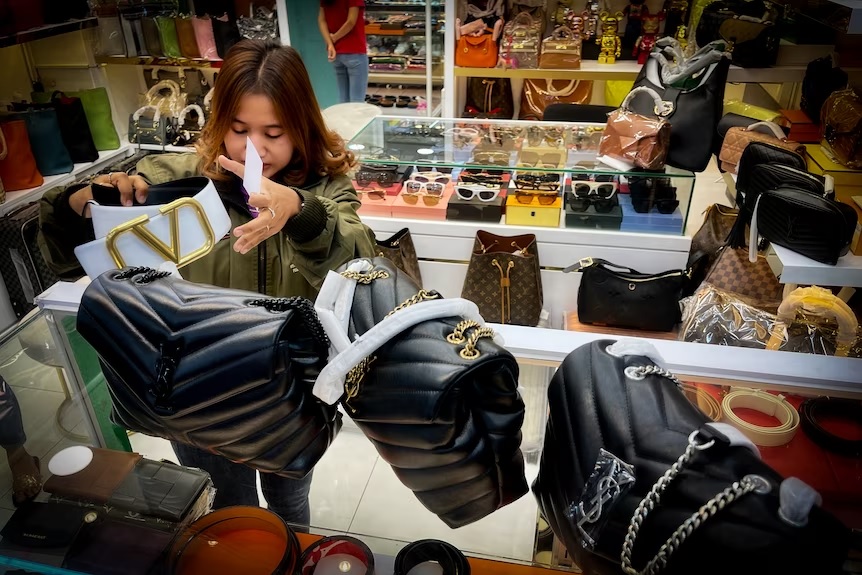
These are basically counterfeit items that are hard to detect with the naked eye.
Imitation of luxury items, or just about any kind of imitation is not new and has indeed existed for a long time. It is why the Paris Convention for the Protection of Industrial Property, and, the Berne Convention for the Protection of Literary and Artistic Works were both signed as early as the 1880s to protect the intellectual properties of goods and services.
However, while it was much easier to detect counterfeit luxury items in the past, the rise of technology coupled with the indefatigable spirit of die-hard imitators and increased demand for hard-to-detect fakes has led to the birth and subsequent rise of superfakes, AKA real fakes.
Rise of superfakes in Asia
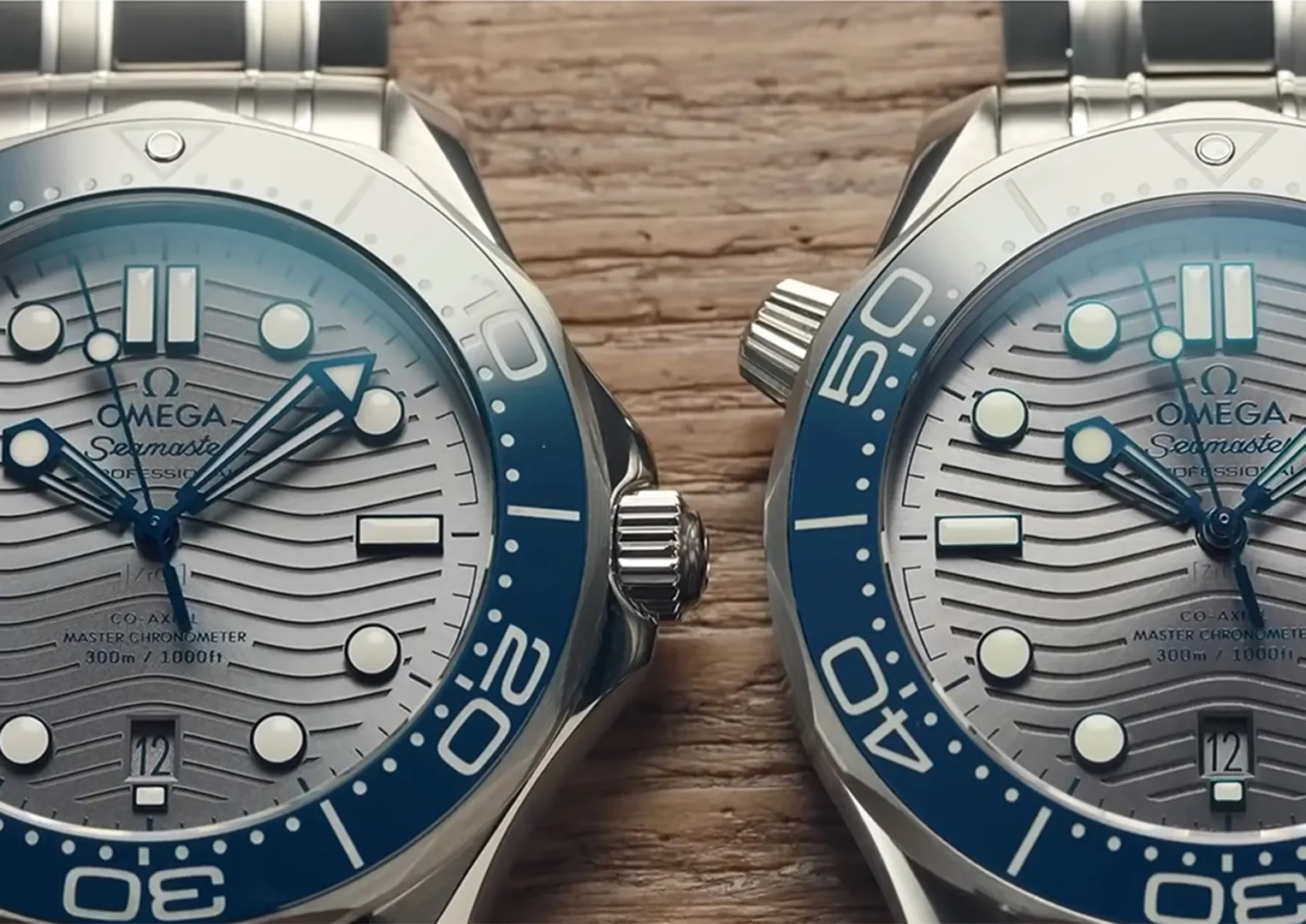
To date, China remains the home of superfake luxury goods, even though other countries like Bangladesh and Indonesia are catching up quickly. In fact, the latter is leading in superfake handbags, although some sellers say they source from China.
Other countries like Turkey and the Netherlands also have home-based counterfeit factories, but none comes close to China, Hong Kong, and other Asian countries. Different reasons have been cited for this, but the real explanation is that most brands, luxury or otherwise, actively produce in Asia to cut costs.
As this quote attributed to industrial design writer Rain Noe says, “If a human being contracted by Nike can accurately sew a pattern, a human being not contracted by Nike can, too.”
Superfake luxury goods are on the rise beyond Asia too
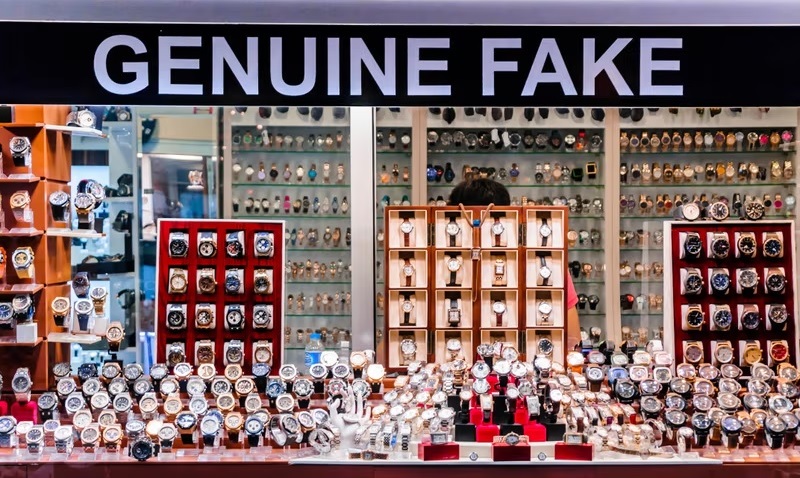
Only recently, Watchfinder & Co released a report stating that over a million counterfeit luxury timepieces are currently circulating in the UK. This seems like a huge number until you consider the fact that the report also says that at least 40 million counterfeit timepieces are sold annually all over the world.
The rise of e-commerce has worsened the distribution of these real fakes, and in spite of laws and technology, the sale and demand of these items continue to boom.
Do superfake luxury items mean luxury brands are merely selling a feeling instead of quality?
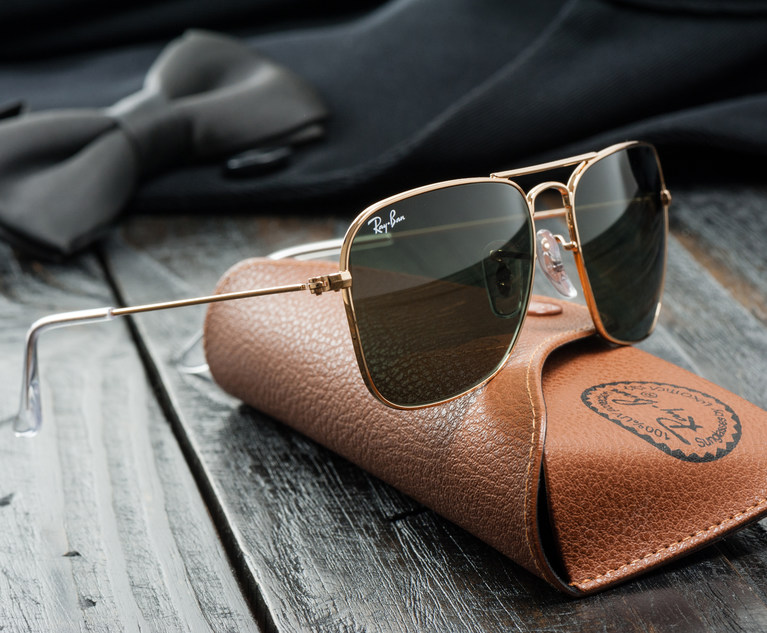
This is usually the excuse those who actively buy counterfeit luxury goods give. However, it is far from the truth.
Anyone who has (un)consciously bought items in this category finds out quickly that they are not built to last, no matter how closely they resemble the real deal. Per the Watchfinder & Co report, 16 per cent of the counterfeit watches broke down after light usage. Those who buy fake luxury purses find out that the stitching unravels after a few uses, or the leather begins to peel after a brief stint outdoors.
In the end, it is imperative to remember that every business exists to make profits, and since manufacturers of these items are promising replicas at cheaper prices, it only makes sense that they would be using cheaper, inferior materials in their construction.
Unfortunately, cheaper does not always mean inexpensive: some of the superfake bags in Jakarta’s Mangga Dua market, dubbed ‘Hong Kong Alley’ by some locals, cost anywhere from $1000 to $10,000, depending on how close to the original they are.
A Kelly crocodile-skin replica could easily cost $10,000, and, on the surface, looks like a steal since the real deal goes for $41,000. That is until you consider that you may have to buy another one just six months later because your superfake has unravelled and peeled badly.
Luxury brands are trying – and failing – to stop this menace
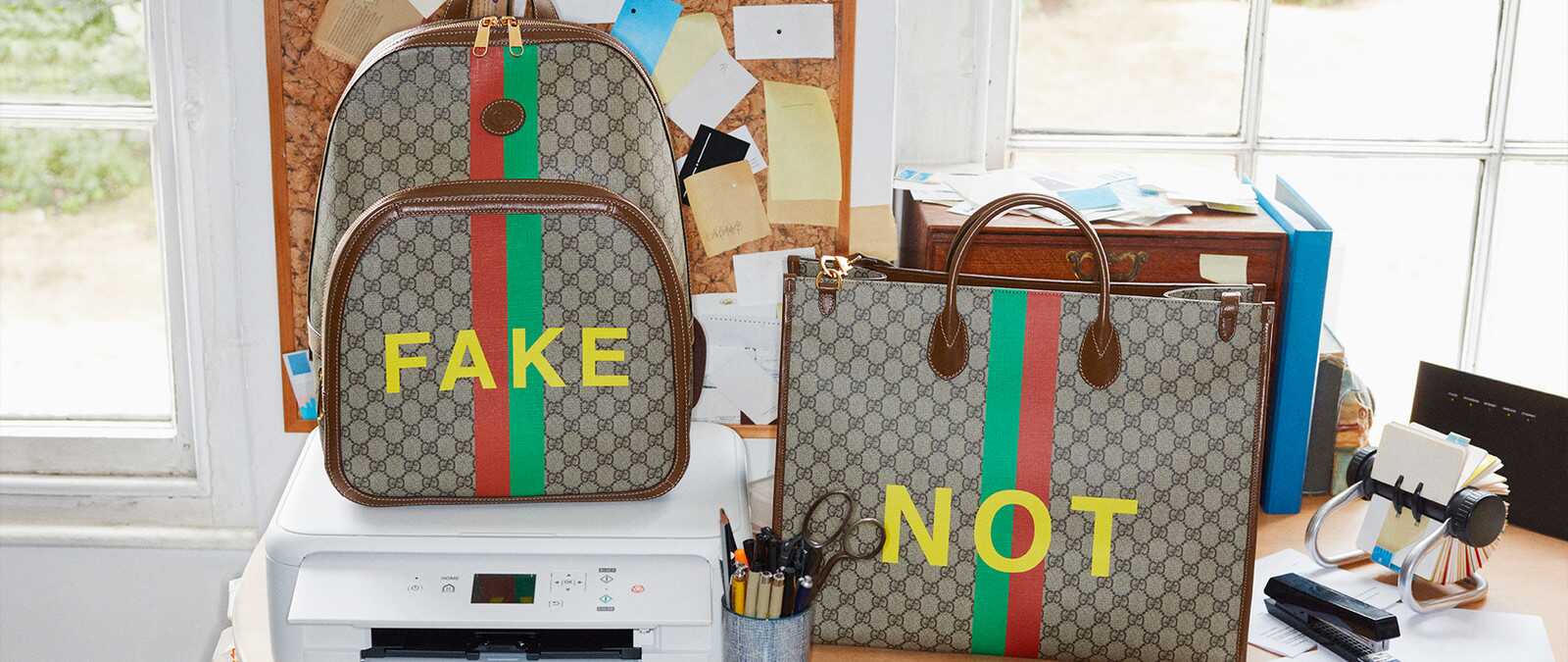
From working with law enforcement to using technology (hello, Aura blockchain consortium anyone?) to curb this menace, luxury brands have tried and are still trying to stem the counterfeit tide. Yet, nothing has worked effectively so far.
This is because at the end of the day, the decision to buy fakes comes down to the individual, and you can only influence a person so much.
Counterfeiters have to be stopped, however, since they end up eliminating the exclusivity and originality that are major characteristics of luxury items. Unfortunately, they cannot be completely eradicated, and all affected brands can continue to do is try and put up a fight every time these superfake manufacturers evolve.
Superfake or real fake luxury goods are sadly here to stay, and while we trust the brands to stay on top of the situation, as individuals, the best we can do is ensure we take all the necessary steps to avoid being victims.
